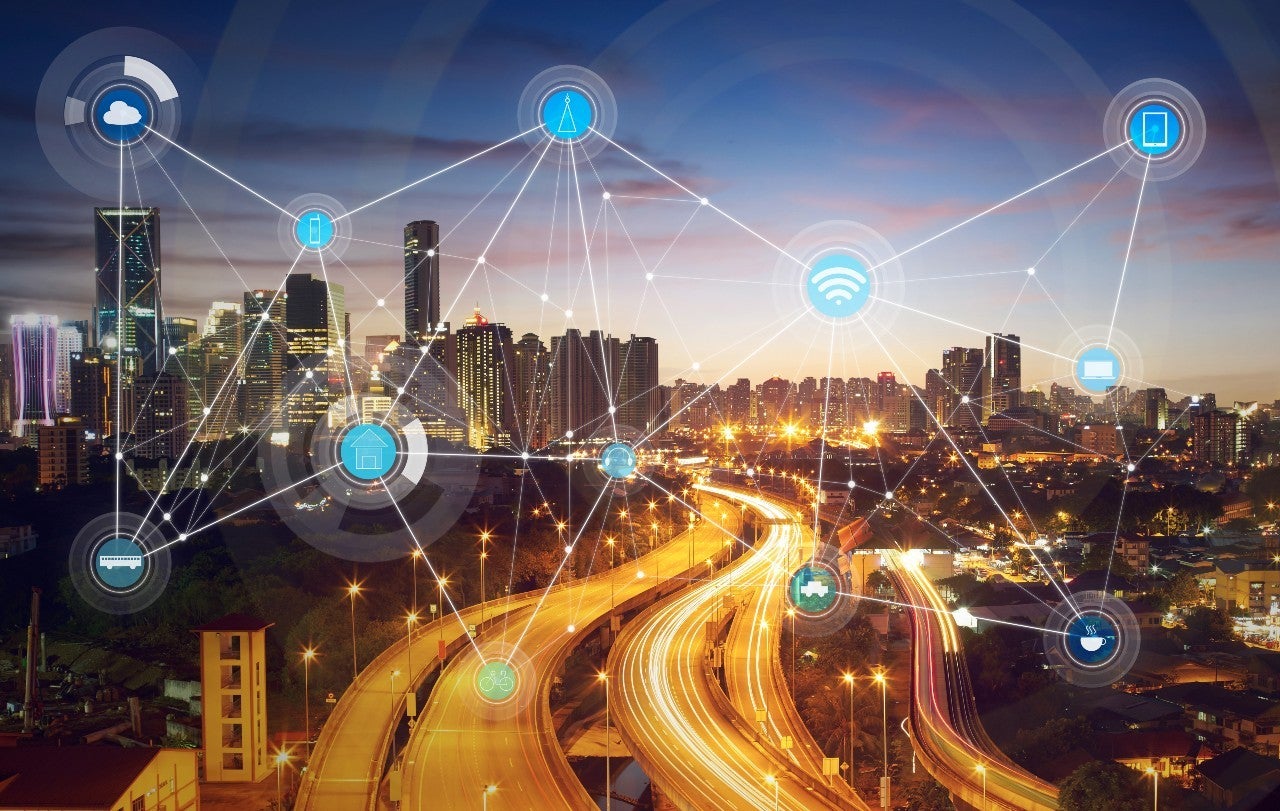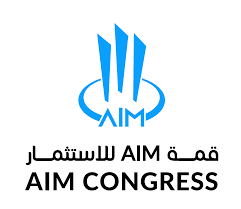
City planning at its core is somewhat ubiquitous. Every city aims to provide the same basic amenities to its residents, from food and water to transportation, education, emergency response systems and healthcare.
However, cities are growing rapidly. Currently home to around 55% of the world’s population, by 2050 this is expected to climb to 68% – more than 2.5 billion people – according to figures from the UN. By 2030, the world is expected to have 43 megacities, each with more than ten million inhabitants.
In its sustainable development goals, the UN has stated that making cities inclusive, safe, resilient and sustainable is a global priority.
Rethinking city planning
Keeping up with growing populations poses huge problems for community leaders. How can they continue to provide public safety, traffic control, waste management and other essential services for everyone?
Leaders must achieve this while facing diminishing resources and rising climates. A survey of 1,000 cities by the Carbon Disclosure Project found that 93% faced significant climate hazards that put people and infrastructure at risk.
Further, there is an urgent need to lower carbon emissions, and conserve water and energy. Cities account for two-thirds of global energy consumption and more than 70% of greenhouse gas emissions, the World Bank has found. Meanwhile, as soon as 2025, many cities are likely to suffer energy shortages.
There is a critical need to rethink how cities manage resources and provide services for their citizens. There are new tools at the disposal of urban planners and city leaders that can help to address the growing list of issues. Leaders, experts and policymakers also need venues to meet, discuss these issues, and come together to develop and deploy solutions.
In the United Arab Emirates, the AIM Congress aims to do just that. Next year, delegates from all over the world will gather to meet these challenges head on. The AIM Congress has thoughtfully incorporated future cities as one of its pillars, providing a platform for governments and investors to foster innovation that will replace traditional services.
Embedding AI and IoT into cities
The rise of new technology can lead to a complete reimagination of how populations interact with cities. There is also more data than ever before to enable planners to learn about conurbations.
“Cities will need to become smart when using both existing and new technologies, such as the IoT and AI. Effective analysis of smart city data offers the prospect of automated infrastructure, where a city can use its data to benefit its people and keep them safe,” reports GlobalData’s 2022 thematic research on smart cities.
IoT, 5G and AI are the most widely implemented smart city technologies, according to GlobalData. They provide the hardware (such as sensors and cameras), connectivity and data analysis capabilities that collectively underpin most smart city infrastructure.
Connecting city leaders with tech leaders
Governments and city leaders are forging partnerships with start-ups and corporations that can integrate data-driven analytics into software capable of providing insights, agility and automation, which can be used to streamline everyday service provision, as well as contingency planning for emergencies.
At AIM Congress, local government representatives will meet with private sector experts, forging ties that can impact investment into future city solutions.
Spending to equip cities with these tools is expanding. By 2025, the smart cities market will be worth $442.5bn, doubling from 2019, according to GlobalData forecasts. In the Middle East and North Africa alone, investment in smart city technologies is expected to reach $2.3bn by 2026.
Creating smart cities
Already, city planners are finding tech-enabled solutions to improve daily life.
“Every city is different. Each has a different approach to governance, democratic engagement, citizen engagement, service delivery and infrastructure provision. Each also has its own unique culture. Consequently, every city will adopt smart technology in different ways,” the GlobalData report found.
Novel technology is being used to manage peak-hour traffic and increase compliance with traffic laws. Public transport can also be improved via automated bus scheduling and dispatching.
Smart city software developers have also found ways to help cities manage electricity supply and demand, and to improve energy resilience.
Cities are finding smart solutions that fit their unique needs, but GlobalData found one commonality.
“A unifying factor is that most value will be delivered by integrating individual services in an overarching platform. Typically, multiple systems produce discrete data silos. Integrated silos provide a coherent, systemic city view,” according to the report.
Cities around the world are seeking to embrace smart solutions to improve quality of life. Investors and the public and private sectors are looking for opportunities to connect to create new solutions, and tfind ways of implementing existing ones into the cities that need them.
The AIM Congress, which will be held in Abu Dhabi in May 2024, has dedicated a pillar of the international conference to future cities. The event will serve as a meeting place for governments and investors to encourage innovation that is capable of replacing traditional city services.
To learn more about the AIM Congress, download the free whitepaper here.


